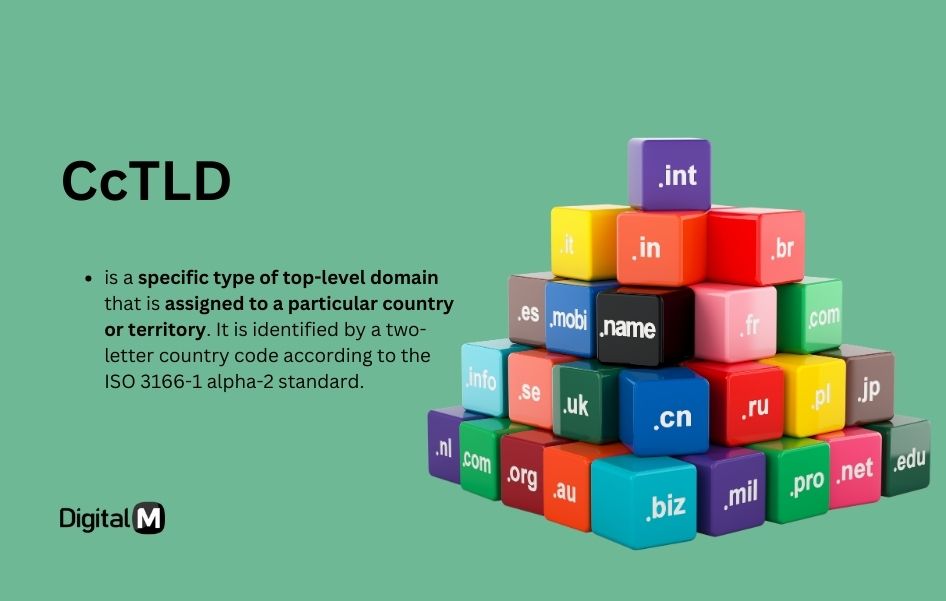ccTLD
ccTLD stands for “Country Code Top-Level Domain.” It is a type of top-level domain (TLD) that is specifically associated with a particular country or geographical area. Each ccTLD is identified by a two-letter code, such as .sg for the Singapore, .uk for the United Kingdom, and .my for Malaysia.
ccTLD (Country Code Top-Level Domain):
Definition: A ccTLD is a specific type of top-level domain that is assigned to a particular country or territory. It is identified by a two-letter country code according to the ISO 3166-1 alpha-2 standard.
Think of a ccTLD as a website address ending that is associated with a specific country. It helps identify the geographic location or country affiliation of a website.

Key Points:
Geographic Association: The two letters in a ccTLD typically correspond to the initials of the associated country or territory. For example, .de for Germany, .fr for France, and .jp for Japan.
Restrictions and Policies: Some ccTLDs have specific registration requirements or restrictions imposed by the respective country’s registry. These restrictions may include requirements related to the registrant’s physical presence or legal entity in the country.
Localization and Trust: Using a ccTLD can convey a sense of localization and trust to users. For instance, a website with a .ca domain may be perceived as more relevant to users in Canada.
Example:
Domain: www.digitalm.sg
Explanation: In this example, “.sg” is the ccTLD for the Singapore. The website is associated with the Singapore, and users may expect content or services tailored to that region.
In summary, a ccTLD is a top-level domain associated with a specific country or territory. It is commonly used to indicate the geographic location or affiliation of a website, and each ccTLD is identified by a two-letter country code.

